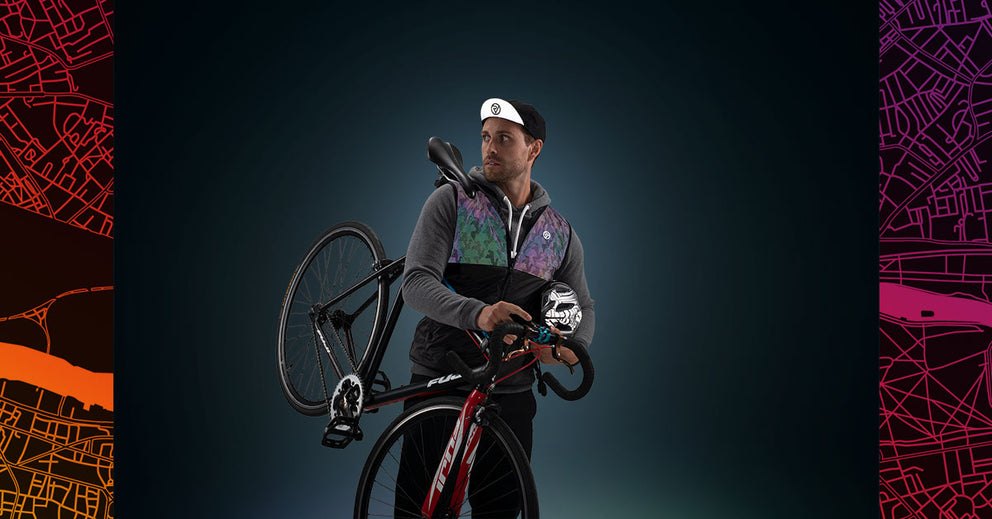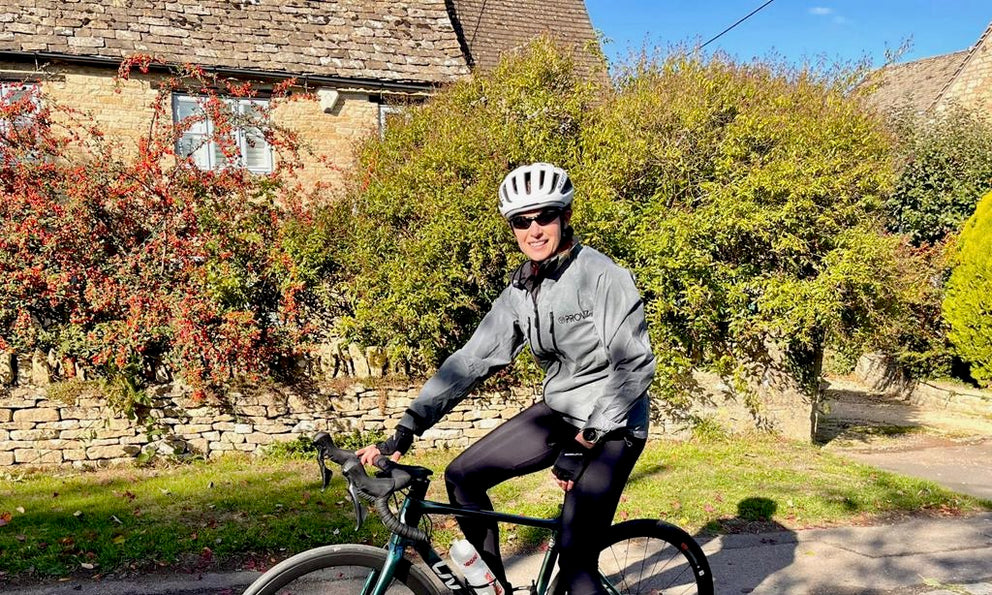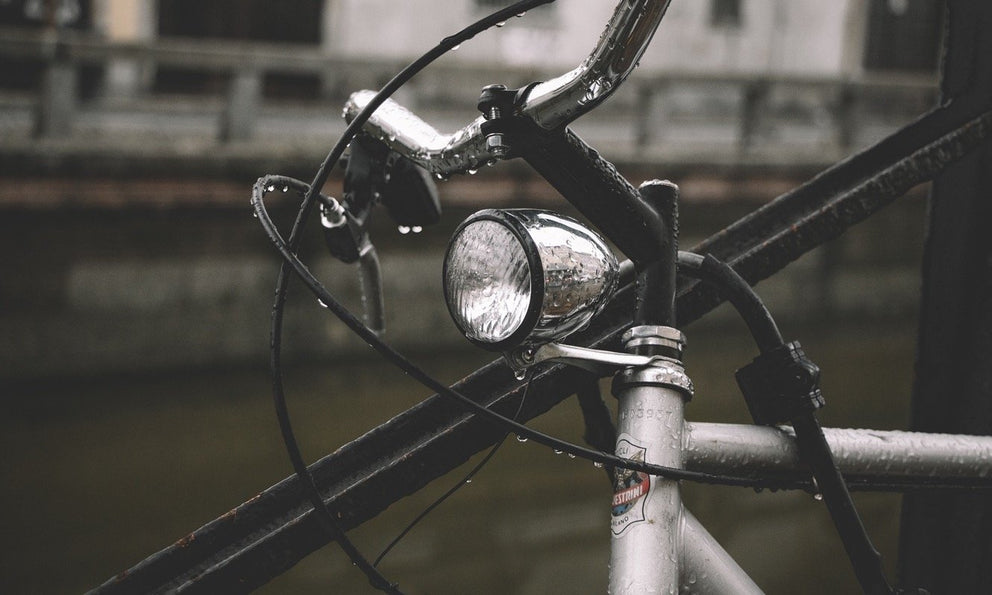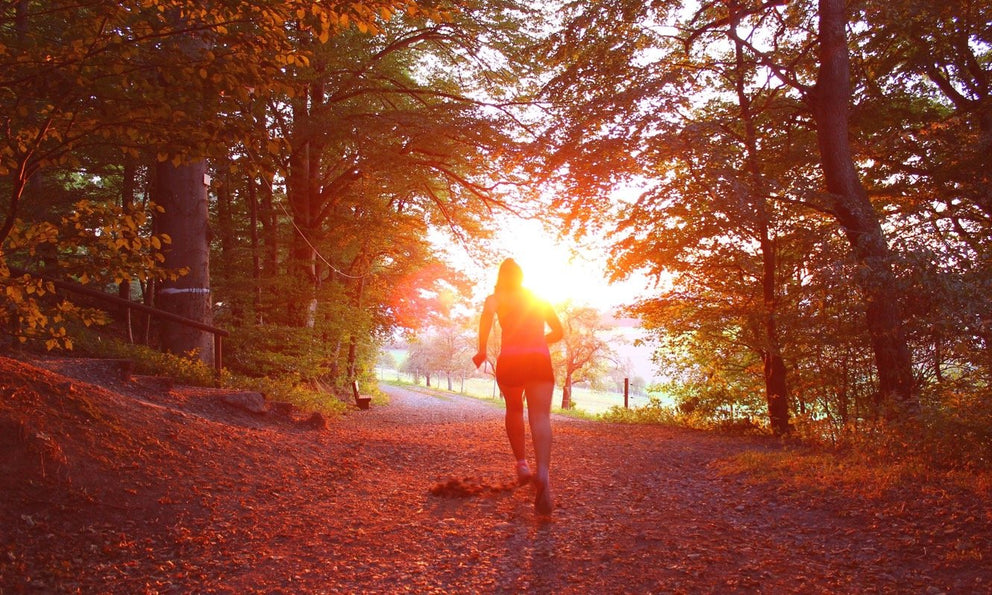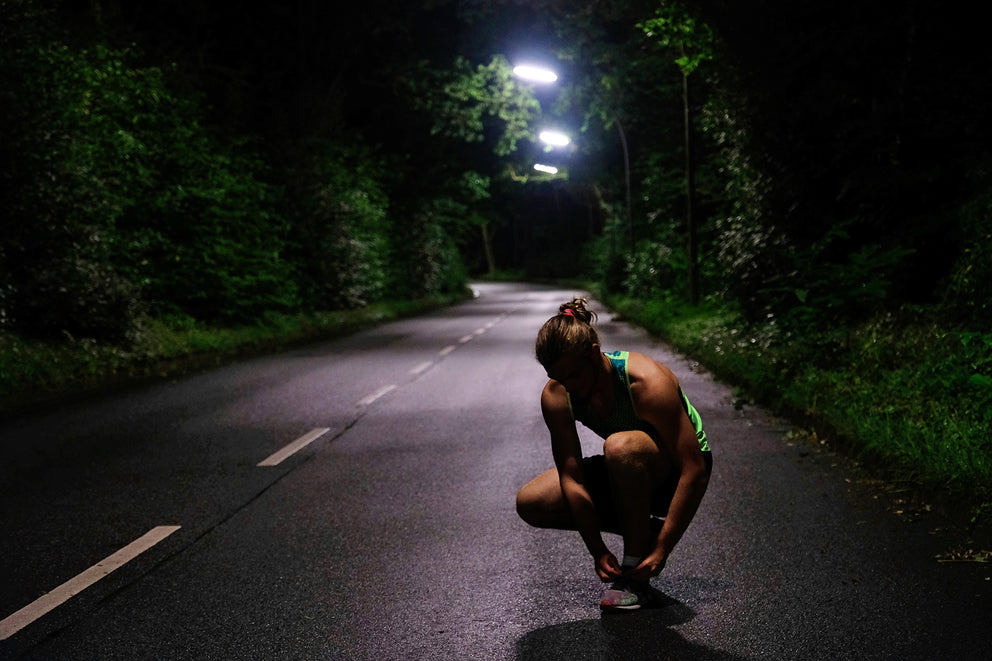Cycling is a fantastic way to boost your fitness and explore the outdoors and countryside both in your local area and further afield. It’s also a great way to get to work – not just for you, but the environment too. And while you learnt to ride a bike as a kid, cycling as a sporty hobby or for commuting is a whole different thing. Before you hit the roads there are a few things you’ll need to get to grips with. These essential cycling tips will stand you in good stead for your adventures on two wheels.
What to wear
There’s a huge range of cycling clothing out there. You’ve no doubt seen cyclists on the roads near you decked out in full team kit. But you don’t need to go out and grab yourself a yellow jersey as a beginner cyclist. You will need a few essentials though.
Padded cycling shorts are a must
It’s not about a huge, padded saddle. Padded cycling shorts will keep your backside comfortable when you first set out and start to build up your tolerance for longer rides. And remember, ditch the underwear – it can rub and may even give you saddle sores.
Wear a helmet
A good cycling helmet could save your life. There are so many affordable, effective and lightweight helmets out there – there really is no excuse.
Don’t forget your gloves
Your hands will be exposed on long rides, and in the UK that can quickly mean freezing fingers. Padded gloves or mitts will sort that out and help you ride for longer in the cold. Our guide to what to wear when cycling in winter has some other handy tips for cold weather cycling.
Invest in some cycling clothing
When you start off, you might be fine in normal clothes but if you’re serious about getting into cycling, you'll want to invest in some proper gear. Good cycling clothing works with your body and reduces wind resistance. It also wicks away moisture to keep you comfortable and dry when you work up a sweat. But most importantly, proper cycling clothes use reflective technology , making sure that you can be seen in low-light conditions.
You’ll also want to think about the type of cycling you’re doing too. Your needs will be different for things like commuting relatively short distances or going on monster weekend rides, while you should also take into account the weather you’ll be riding in.
Start by getting a cycling jersey and jacket, though you may also need cycling trousers and a good pair of cycling gloves for colder or wetter rides in winter. Check out our beginners guide to cycling clothes to make sure you get properly kitted out.
Consider clipless pedals
Yes, it might sound counterintuitive, but clipless pedals are the ones you clip into with specialist cycling shoes. They’re the best pedals for road bikes and will immediately help with your pedalling efficiency.
Get some cycling sunglasses
They’re perfect for sunny days and will protect your eyes from the sun, bugs, stones and rain.

Preparing your bike
Before any cycling session, you’ll need to make sure your bike’s in proper working order.
Pump up your tyres to the right pressure
You’ll see a range of recommended tyre pressures on the side of your tyres. Remember, if the conditions are damp and slippery, you don’t want your tyres pumped up too hard. But if it’s dry and you want an efficient ride, pump them up towards the higher end of the pressure range.
Get your saddle at the right height
You need a very slight kink at your knee when your foot’s at the bottom of the pedal stroke. A seat that’s too low means you can’t use your full pedalling range. One that’s too high makes you strain, which can risk injury.
Check your position on the bike
You want the handlebar to obscure the view of the front wheel hub. If you have pain when you’re cycling, head to your local bike shop so they can check your position. An expert opinion is always helpful.
Fit lights
Even if you’re not planning on riding at night, lights will keep you safe and help other road users see you in poor light and misty conditions.
Use mudguards
When you’re riding in winter, you don’t want the spray right up the back of your new cycling gear. Any cyclists behind you will thank you for it too.
Learn how to fix a puncture
Take a puncture repair kit with you too – you never know when disaster can strike.
What to take with you
You’re ready to hit the road and stack up some PBs. Just remember these essential supplies for any cycling adventure.
Always take water
When you’re cycling long distances, putting in the work and of course sweating, you need to rehydrate. Always take a water bottle or hydration pack with you, and fill it up whenever you get the chance. Bottle cages are a practical way to carry water, so it makes sense to invest in one.
Up your calorie intake
When your legs are pumping and you’re pushing yourself up those hills, you need calories to keep you going. You’ll want to consume around 150 to 200 calories every half an hour. You have a few options to take with you, from energy gels and cereal bars to a good old fashioned banana.
Stock up on electrolytes
When you sweat you lose electrolytes, which can make you cramp up. Keep yourself topped up with a specialist energy drink. Or you can even make your own by mixing fruit juice, water and a little sugar and salt.
Take a lock
If you pop in somewhere for a coffee or need to dash into the shop to stock up on energy bars, a good lock always comes in handy.
Bring spare tools in your saddle bag
Pack a multi-range tool which can help with a variety of problems, as well as a chain tool, tyre levels, a spare inner tube and a puncture repair kit. This should have you covered for most eventualities.
Have your card and some emergency cash
It’s always handy to have both in your saddle bag. Bring cash as well as your card, as if you’re out in the sticks you may stumble across small shops that only take cash. You don’t want to be stuck with just your card.
Cycling technique tips
Of course, you know how to ride a bike. But cycling well and efficiently is all about proper technique.
Practise your cornering technique
When you corner, it’s important to have your feet and pedals in the correct position. Your outside leg should be straight with your pedal at the lowest position, and your inside pedal should be at the top of your pedal stroke. When you lean into a corner your inside pedal won’t hit the ground and you’ll have more grip.
Get the right pedal rhythm
You don’t want to be pumping away too hard or not putting in the work. A happy medium is what you’re looking for. You want your pedalling speed – also called cadence – to be around 70-90 revolutions per minute (rpm). You’ll need to work out what this feels like and adjust your gears to maintain this rpm. Doing so works your cardiovascular aerobic system, which is more effective than using your muscular anaerobic system. Put simply, you’ll get less tired and can go for longer.
Avoid jamming the brakes
If you do, you run the risk of flying over your handlebars – not a good look when you’re out with other cyclists and not great for injuries either. Remember, the front brake is more effective, so it’s not a 50-50 split between front and back when braking. Aim for 60/40 or 70/30 to avoid any jamming.
Learn to use your gears
Using your gears correctly is all about achieving a steady rhythm – remember your 70-90 rpm goals. Learn how changing gears affects your cycling – are you working harder and going faster, or putting in more work for less benefit? Understanding your gears is especially important when it comes to those gruelling hill climbs.
Start off slowly and don’t go too far too soon
The temptation is to jump on your bike and go as far and as fast as you can. By building up slowly and steadily over time, you’ll feel more confident and learn how to push yourself safely.
Think about the conditions
In wet weather, keep your bike as upright as possible on corners and break a little earlier than usual. If you’re at an intersection in an urban area, keep your eyes peeled for slippery oil patches too. Tram tracks and even white painted lines can be slippery too.
Staying safe on the roads
First heading out on the roads can be daunting, whether busy urban roads or winding country roads. But with the right safety techniques and a little knowhow, you’ll be safe every time you’re in the saddle.
Keep in touch
If you’re out on your own, let people know where you’re going before you head out. Cycling apps like Strava enable you to send a tracking link so people know where you are. WhatsApp is good for sharing your location too.
Cycle in groups
When you’re new to the sport, cycling in a group not only helps you make friends, join a community and learn lots of new things, but it can also help with your cycling. As different people take turns at the front, a cycling group is much more efficient. It does take a little getting used to though, as you’ll need to cycle close to each other to benefit from this efficiency.
Learn proper hand signals
These will help you warn riders behind you of any potential obstacles on the road.
Use the right position in the road
When you’re first out on busy roads, it’s tempting to cycle as close to the kerb as possible. However, this is more dangerous as other road users might not see you or they may try to squeeze past when there isn’t enough room. Remember, you have just as much of a right to be on the road as they do. Be confident and assume a cycling position a good metre from the kerb.
Don’t take anything for granted
You might assume that a pedestrian or another road user has seen you. Never assume, and always ride defensively to account for any mistakes made by other people on the road.
Always check the weather forecast
In the UK, the day might start off with blue skies, but it can quickly descend into wind and rain. Check the forecast, dress appropriately and take essential supplies.

FAQs about cycling for beginners
How many miles should a beginner cyclist ride?
For your first few rides, anywhere between five and 15 miles is a good distance. You don’t want to set out on a big ride and then struggle to get back because you’re too tired. Starting off short and small is the way to go before you build up your confidence for longer distances.
How can I cycle long distances without getting tired?
When you’re cycling long distances and pushing your body, it’s important to stay hydrated, keep your electrolytes topped up and make sure you eat the right foods along the way – you should aim to eat 150 to 200 calories every half an hour. Make sure you ride at a comfortable pace with an rpm of 70-90 without heading out too fast too early.
Is a two-hour bike ride too long?
A two-hour bike ride isn’t necessarily too long for a beginner cyclist. It all depends on your confidence on your bike, the difficulty of your chosen route and your fitness levels. Remember to start off slowly and don’t go too far too soon.
Starting your cycling journey is an amazing thing. If you learn the ropes properly and ease into your cycling adventure, you’re more likely to go the distance and find a lifelong sport. So, gear up, hit the roads and embrace everything that cycling offers. It could change your life.

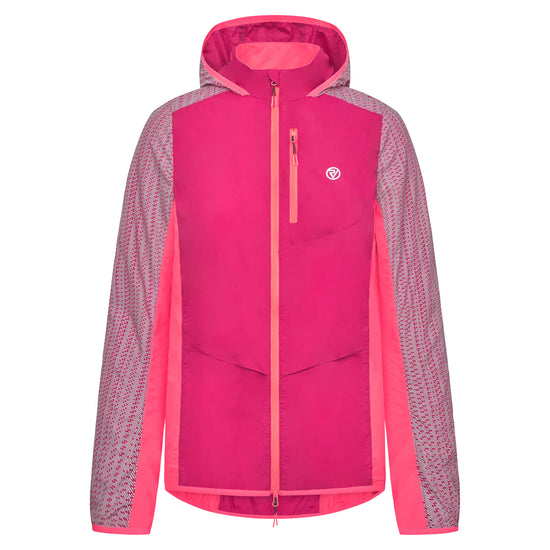


 British designed
British designed
